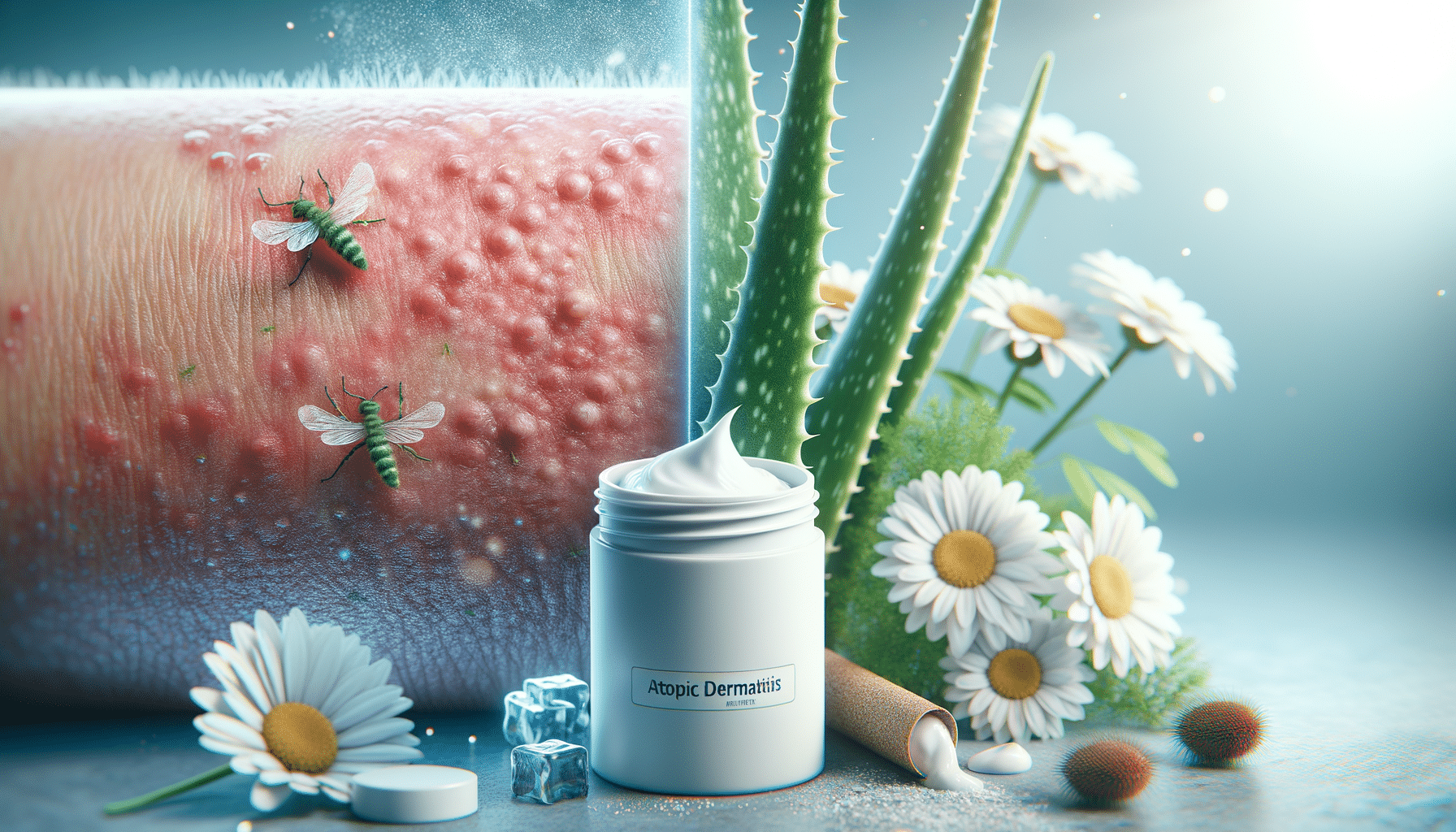
Understanding Atopic Dermatitis and How to get rid of it: Home Remedy and Treatment
Introduction to Atopic Dermatitis
Atopic dermatitis, commonly referred to as eczema, is a prevalent chronic skin condition characterized by itchy, inflamed patches of skin. This condition affects both children and adults, often beginning in childhood and potentially persisting into adulthood. Understanding the nature of atopic dermatitis is crucial for effective management and treatment. The skin’s barrier function is compromised in individuals with this condition, leading to increased sensitivity and vulnerability to irritants and allergens. This article explores the complexities of atopic dermatitis, its symptoms, and potential triggers, offering a comprehensive overview for those seeking relief and management strategies.
Identifying Symptoms and Triggers
Recognizing the symptoms of atopic dermatitis is the first step towards effective management. Common symptoms include dry, scaly skin, intense itching, and red patches that may become swollen or cracked. These symptoms can vary in severity and may be exacerbated by specific triggers. Identifying and avoiding these triggers is essential in reducing flare-ups. Common triggers include:
- Environmental factors such as pollen, dust mites, and pet dander.
- Skin irritants like soaps, detergents, and synthetic fabrics.
- Stress and emotional factors that can worsen symptoms.
- Changes in weather, particularly cold, dry air.
By keeping a symptom diary, individuals can track potential triggers and patterns, aiding in the development of a personalized management plan.
Home Remedies for Managing Atopic Dermatitis
While medical treatments are often necessary, incorporating home remedies can provide additional relief for those with atopic dermatitis. Regular moisturizing is one of the most effective strategies to maintain skin hydration and integrity. Natural oils, such as coconut oil or sunflower seed oil, can be beneficial due to their anti-inflammatory properties. Other home remedies include:
- Oatmeal baths, which can soothe itching and irritation.
- Avoiding hot showers, as they can strip the skin of natural oils.
- Using a humidifier to maintain moisture in the air, especially during dry seasons.
These remedies, when used consistently, can help manage symptoms and improve skin health, offering a complementary approach alongside medical treatments.
Medical Treatments and Professional Care
For many individuals, professional medical treatments are necessary to control atopic dermatitis effectively. Topical corticosteroids are commonly prescribed to reduce inflammation and itching. In more severe cases, doctors may recommend systemic treatments or phototherapy. Antihistamines can also be used to alleviate itching, particularly at night. It’s essential to work closely with a healthcare provider to tailor a treatment plan that addresses the specific needs of the patient. Regular follow-ups and adjustments to the treatment plan can ensure optimal results and minimize potential side effects.
Conclusion: Navigating Atopic Dermatitis with Confidence
Atopic dermatitis can be a challenging condition to manage, but with a combination of home remedies and medical treatments, individuals can achieve significant relief. Understanding the nature of the condition, identifying triggers, and implementing a comprehensive management plan are key steps towards improving quality of life. While there is no cure, ongoing research and advancements in treatment options continue to offer hope for those affected by this chronic skin condition. By staying informed and proactive, individuals can navigate the complexities of atopic dermatitis with confidence and resilience.


